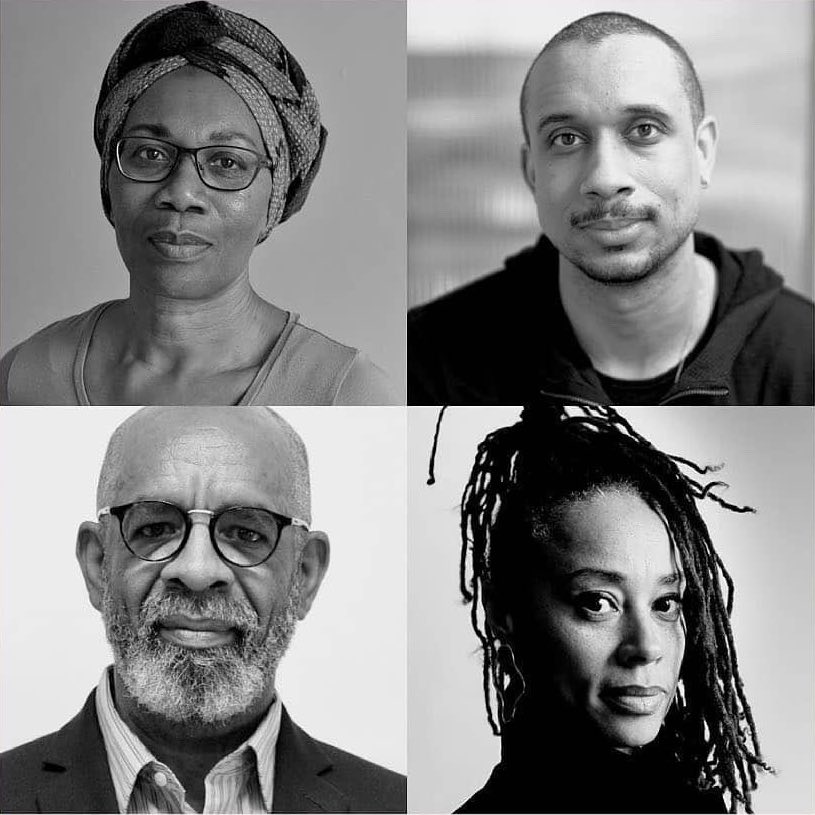
Four designs for a new Windrush monument to be installed inside Waterloo Station in London have been placed on a shortlist, and members of the Caribbean Community in the United Kingdom have been invited to help choose the winning design. Three of the four shortlisted designs were submitted by Jamaican artists, including the renowned sculptor Basil Watson, who if from Jamaica; Thomas J. Price, who was born in the UK but has a Jamaican heritage; and Valda Jackson, who was born in Jamaica but studied fine arts in Bristol where she currently lives. The fourth design on the shortlist was submitted by Jeannette Ehlers, who is of Trinidadian and Danish descent. During the submission process, each artist created a video to display their design and to explain the design’s concept.
The monument is meant to provide a permanent tribute for the generation of Caribbean people who arrived in the United Kingdom on the ship MV Empire Windrush in 1948 and the years that followed. The unveiling of the monument is scheduled for Windrush Day, June 22, 2022.
Watson emphasized two visual elements central to his design; a man, woman, and child that represents the family’s aspirations, and the suitcases they climb on as symbols of their culture that hold everything they carry with them from their place of origin. He calls the monument design contest an important challenge because Jamaica has many strong ties to the Windrush Generation. He hopes that the monument will prompt the Caribbean community to recognize their grandparents’ history and will encourage them to “carry the story forward” to continue informing the successes in their lives.
Thomas Price has focused on a single bronze statue of a Black woman, noting that while he would have loved to “have a whole station full of Windrush people” he decided to use a single woman standing in a casual pose. The figure, which is about 12 feet tall with a confident and powerful look, is meant to connect with viewers as they walk around her. He wants people to see her from a distance and recognize themselves in her. Thomas added that the monument offers an opportunity for the UK to finally understand and appreciate what occurred in 1948 and the following years, along with the contributions made by the Windrush pioneers.
Jackson’s presentation proposed three figures – two adults and a child – on a platform. They are meant to represent the diverse ethnicities and cultures that traveled to the UK over the years. In the space surrounding the figures, Jackson introduces elements of ambiguity to highlight the lack of certainties in life and how people must acknowledge the trauma of separation and desertion implied by migration. She cited the child in the figure group as especially significant as it “turns to face the people walking by.” The space next to the child is empty in order to serve as an invitation for onlookers to sit in that place.
Ehlers’ design uses Caribbean culture and features three figures on stilts from the Moko Jumbie African spirit character that is said to have walked over the Atlantic Ocean from Africa to look after the enslaved people in the Caribbean.
The chair of the Windrush Commemoration Committee, Baroness Floella Benjamin, DBE, is particularly excited about the fact that the general public, especially young people, with have a say in choosing the monument’s design as it is meant to educate and inspire the next generation. The Committee will consider the views of the British Caribbean community as they make their final selection of the artist.
The selection survey will run from July to August 2021 at https://consult.communities.gov.uk/race-projects/windrush-monument-survey/.
Photo: MHCLG







